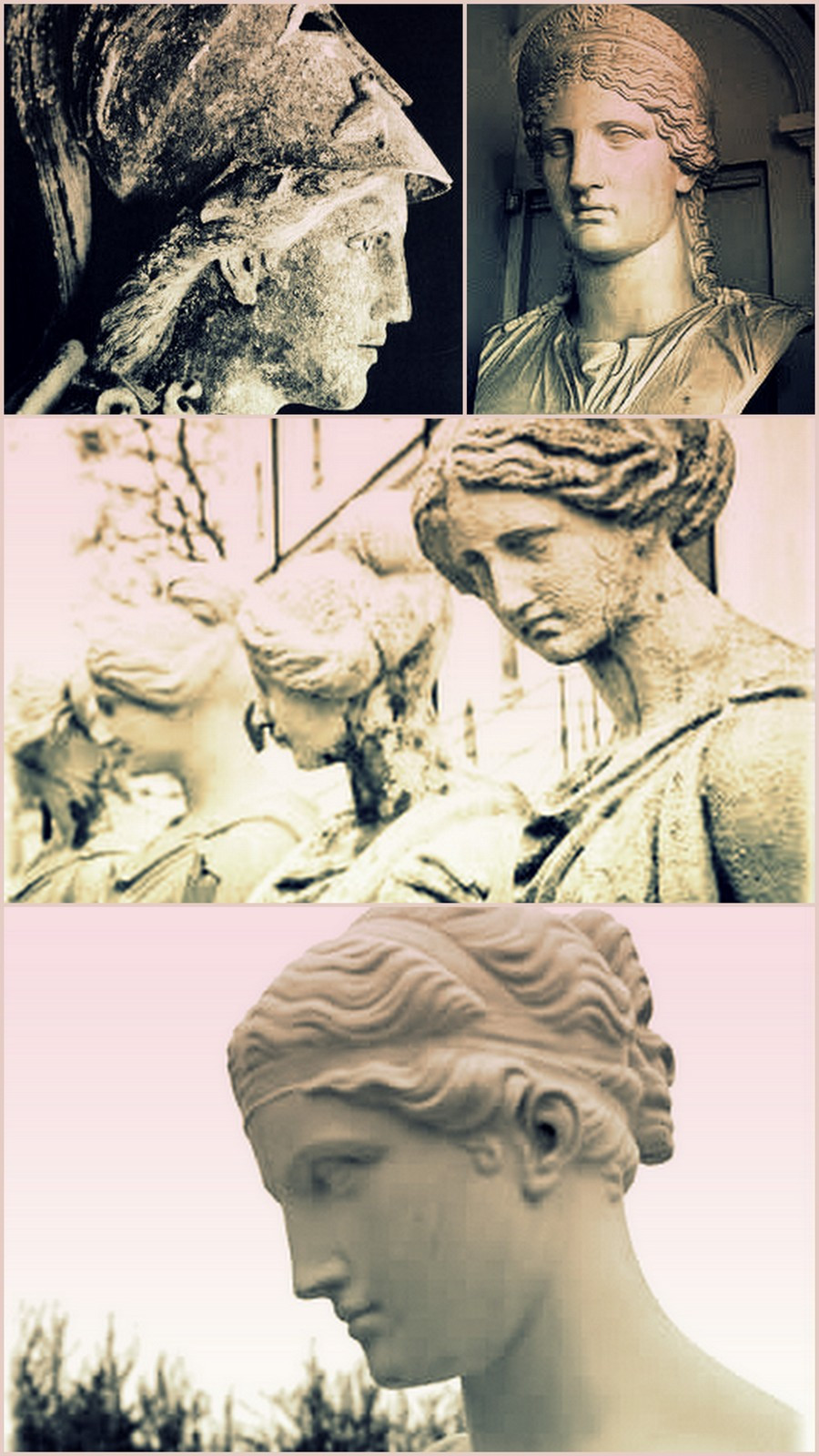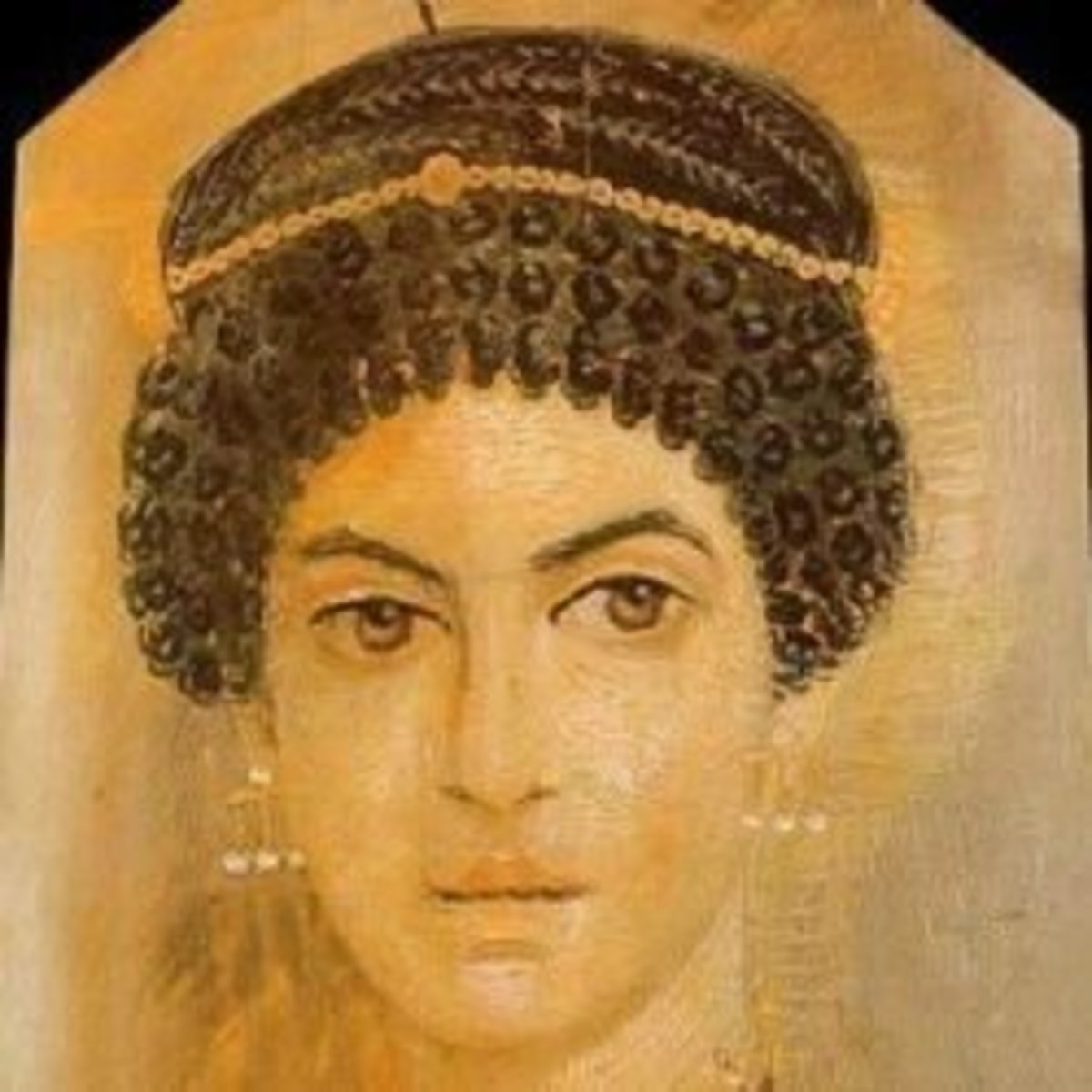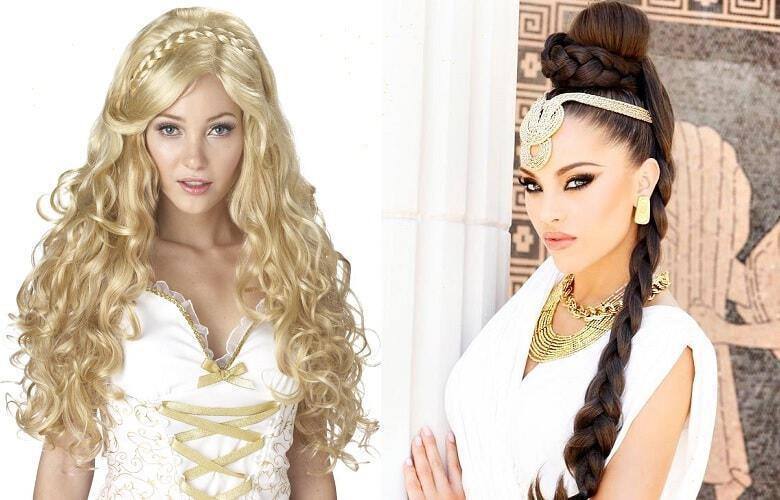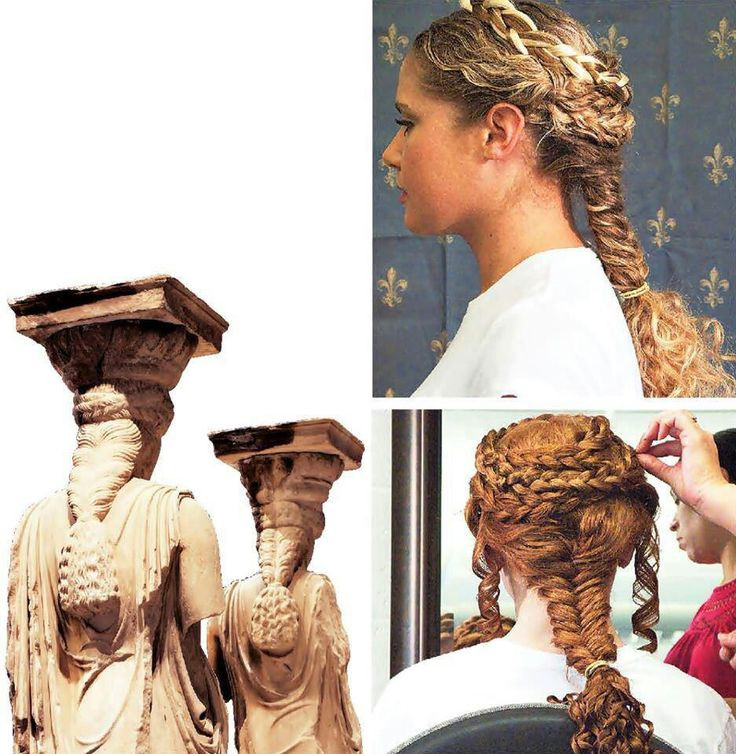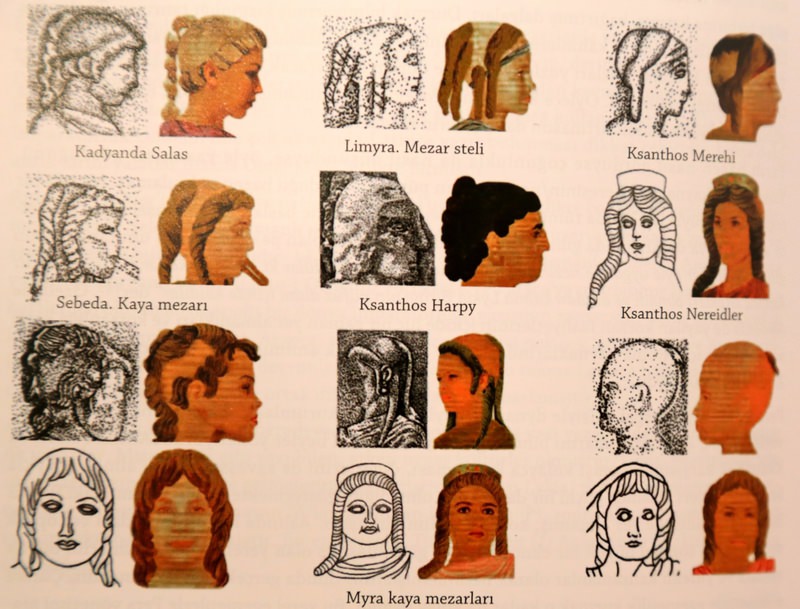Lessons I Learned From Info About Ancient Women's Hairstyles
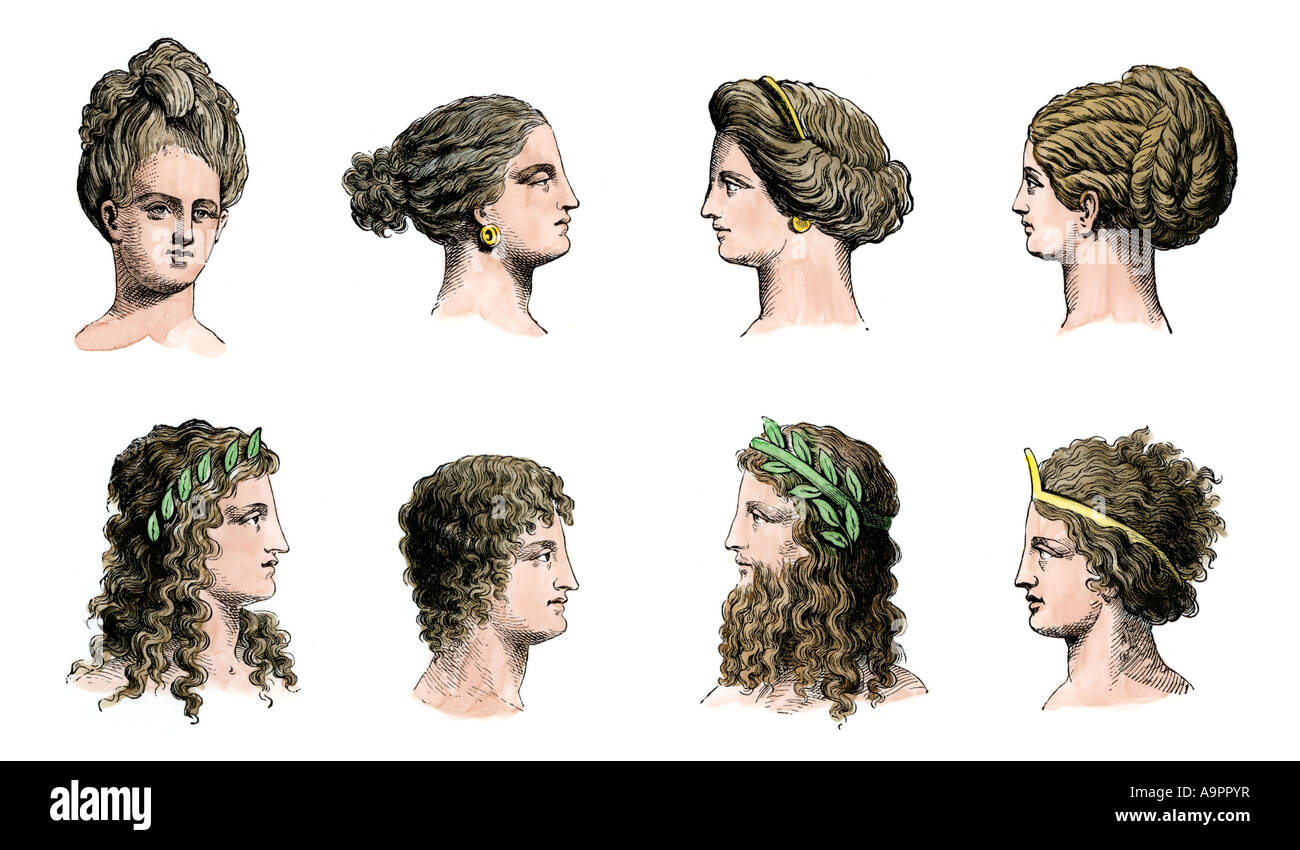
Women wore their hair long and in curls, sometimes plaited, sometimes with tresses draped over the shoulders.
Ancient women's hairstyles. Men's hairstyles, on the other hand, varied much more over time and across different provinces of the empire. A woman's hairstyle expressed her individuality in the ancient roman world. But at home, in her secret.
Meet janet stephens, a hairdresser from baltimore. A woman’s headband (sometimes of metal), for binding the front hair in ancient greece. In the amfissa archaeological museum are exposed over 800 little heads of female figurines of the 3rd and 2nd century b.c.
This period marked a stark contrast to the elaborate styles of antiquity. The fashion for women’s hairstyles in ancient rome changed constantly. One of the most iconic ancient greek hairstyles, the crown braid adorned the heads of greek goddesses and noblewomen.
After the defeat of persia in 449 bc, oriental styles grew less popular, and women began pinning their hair in a knot or bun at the nape of the neck, sometimes with a band or a net wound around. They were found in the “playground” area of amfissa. In some periods, beards were common, while in others, men shaved their faces and wore their hair short and oiled.
Ancient greek hairstyles. Similarly, aegean art shows males with single or double plaits. This encaustic mummy portrait is from c.
You can recognize the hairstyle with a distinctive conical knot. Their hair styles are particularly interesting. Hair played a significant role in the culture of ancient african civilizations.
Hair styles in ancient greece. In ancient times at athens the hair was rolled up into a kind of knot on the crown of the head, and fastened with golden clasps in the shape of grasshoppers. Veils of light or precious fabric, ribbons of various colours, flowers and fragrant ointments were often used in artistic hairstyles.
This was a known female roman hairstyle during the reign of emperor antoninus pius and his wife, who set this trend, faustina. The veiled woman of ancient greece, 2003). Hair was a very erotic area of the female body for the romans, and attractiveness of a woman was tied to the presentation of her hair.
For this style, mostly worn from 1650 to 1780, women simply looped the long hair in the back, slicked it back with wax in the front, and used a comb inserted into the top as a finishing touch. From the greek κεκρύφαλος, kekryphalos, is a type of female hairstyle from ancient greece, forming a net or a strip of fabric holding the hair on the upper back of the skull. Homer's heroes had such hair, as did the warriors at the battle of marathon (490 bc).
It symbolized one’s family background, social status, spirituality, tribe, and marital status. Hairstyles have long been signifiers of culture, religion and values. The women of greek antiquity knew in the arrangement of their hair that, unlike the men who cut it, they wore long to achieve a great variety.




